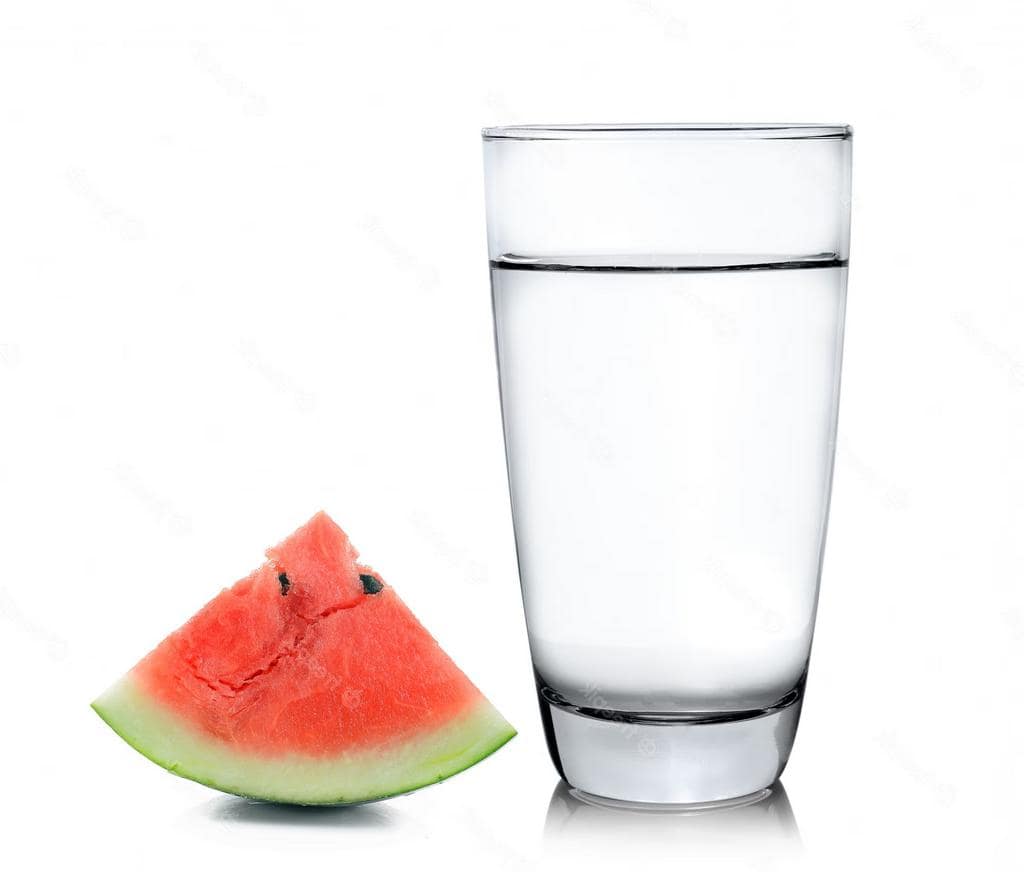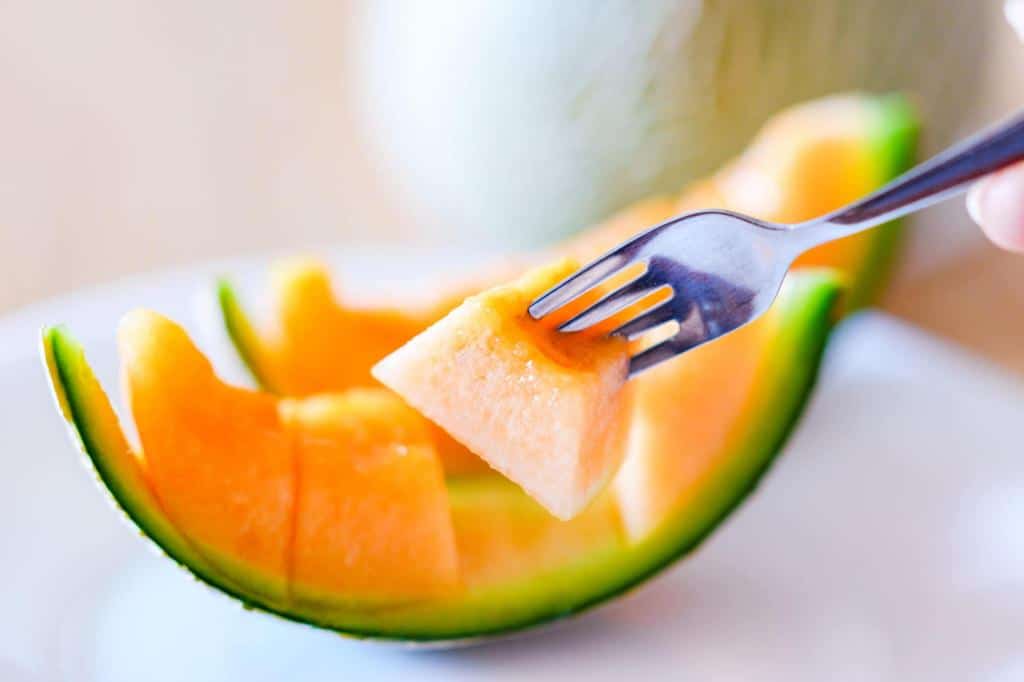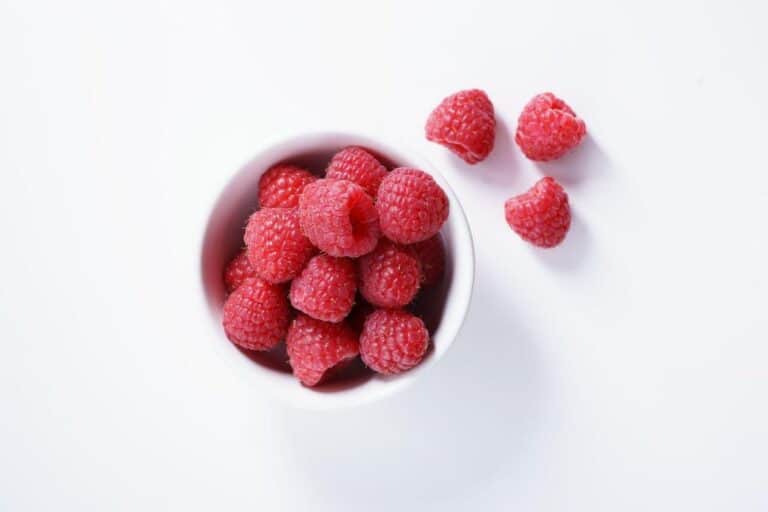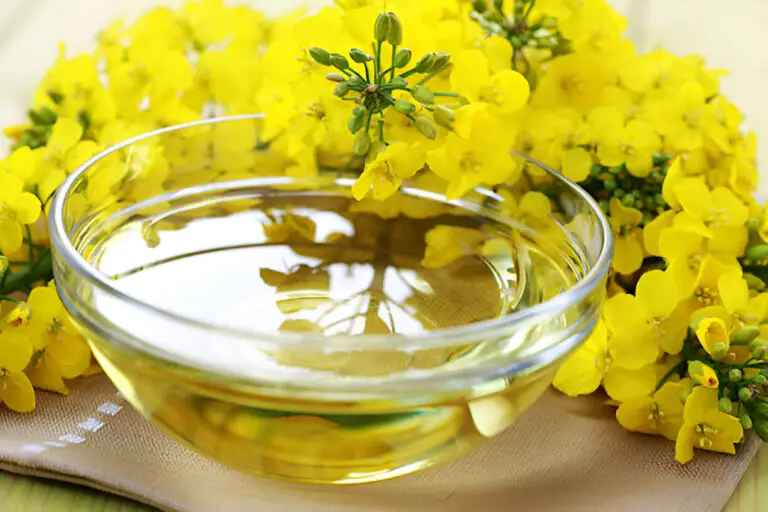Why Does Water Taste Bitter or Bad after Eating Melon?

Have you ever taken a refreshing sip of water after enjoying a ripe melon? Were you then surprised by a bitter or off-putting taste? If you’ve experienced this curious phenomenon, you’re not alone. Many people wonder why water is typically neutral and flavorless. They wonder why it can suddenly transform into something unpleasant after consuming melon.
In this article, we will delve into the science behind this intriguing occurrence and shed light on the factors that influence it.
Understanding why water’s taste changes after eating melon is not only a matter of culinary curiosity. It is also a fascinating insight into our sensory perception. The human palate is a complex apparatus, and deciphering how it interacts with the compounds in melon can reveal much about our sense of taste.
Why Does Water Taste Bitter or Bad After Eating Melon?

According to the many resources, there are a few possible reasons why water may taste bitter or bad after eating melon:
- Cucurbitacin: Cucurbitacin is responsible for the bitterness in these fruits. Its presence can affect not only the melon itself, but also the water you consume afterward.
- Genetic modification: Genetic modification has interfered with human gene expression of important enzymes in the cucumber’s cucurbitacin pathways. This is a form of human domestication of the melon.
- Contamination: A 2016 study found that strong or distinct flavors like “bitter” resulted in heightened amygdala activity. This may indicate that the water is contaminated.
- Dilution of stomach acids: Drinking water after eating fruits, particularly those with a high water content like melon, can dilute stomach acids. This can upset the digestive system’s pH level, leading to an upset stomach.
- Mineral content: Mineral content affects water flavor. Calcium, magnesium, sodium, potassium, and hydrogen carbonate are some minerals found in soil. Some people describe the taste of water that is high in mineral content as salty or bitter.
It’s worth noting that taste is subjective and can vary from person to person. Additionally, some people may not experience a bitter aftertaste at all.
| Read: How to Remove Pineapple Bitter Aftertaste? |
Eating Melon and Human Taste Perception

Eating melon and human taste perception are related. The sensory properties of consumed foods are an important determinant of dietary habits. Taste has been considered one of the main drivers of food choices and dietary patterns.
Food chemicals activate specialized taste receptors. Genetic differences can change these receptors, leading to individual taste variations and preferences.
It’s a captivating example of how our senses and chemistry converge to create the taste experiences we love. So, the next time your post-melon water tastes a bit peculiar, remember, it’s just the intricate science of taste perception at play.
| Related: Can You Eat Pepino Melon Skin? |
Individual Variations in Taste Perception
Not everyone experiences the same taste transformation after consuming melon. Genetic factors impact individual taste perception. This can result in differences in taste sensitivity. Some people’s taste receptors may be more or less responsive to the compounds in melon. This can cause a milder or stronger aftertaste.
This variability in taste perception is a reminder that our culinary experiences are highly subjective. What one person finds intensely bitter, another may perceive as only mildly so. It also highlights the intricate interplay between genetics and our sense of taste.
The Chemical Composition of Melon
Now, let’s take a closer look at melon itself. Melon, a succulent and refreshing fruit, has a complex chemical composition. It contains a variety of compounds that contribute to its distinctive taste and aroma. Some of the key players responsible for melon’s flavor include:
- Cucurbitacins: These bitter compounds are found in varying levels across different melon varieties. Their presence can lead to the bitter taste experienced when consuming melon, especially if the melon is not fully ripe.
- Sugars: Melons are naturally sweet due to their sugar content, primarily in the form of fructose and glucose. The sweetness of melon can balance out bitterness, but this sweetness can vary depending on the fruit’s ripeness.
- Aromatic compounds: Melon contains volatile compounds that contribute to its unique aroma. These compounds can also affect taste perception when they interact with taste receptors.
Understanding these components helps us grasp why melon might have such a strong influence on the taste of water. When we eat melon, especially kinds with more bitter cucurbitacins, these compounds can linger on our taste buds and affect how we taste other flavors, like water.
The Role of Aroma and Odor to Lemon Bitter Taste
When biting into a juicy slice of melon, it’s not just the taste that captivates your senses but also the aromatic dance that unfolds. The role of aroma and odor in the realm of flavors is often underestimated. Picture the vibrant fragrance of a ripe melon, reminiscent of a summer breeze. This olfactory experience primes our taste buds for the burst of sweetness and subtle bitterness that follows.
Beyond the initial flavor explosion, the lingering aroma subtly influences the taste of subsequent sips of water. The aromatic compounds in melons interact with our taste receptors. This creates a harmonious symphony of sensations.
As you indulge in the melon’s succulence, the aromatic molecules linger, enhancing the perception of both sweetness and bitterness in the water that follows. This phenomenon showcases the intricate relationship between aroma, taste, and the overall flavor experience.
To better comprehend this synergy, let’s break down the factors at play:
| Factor | Description |
| Aromatic compounds | Volatile molecules responsible for melon’s fragrance |
| Taste receptors | Sensory cells on the tongue detect sweetness and bitterness. |
| Flavor enhancement | Aroma intensifies perceived sweetness and bitterness |
Practical Tips to Reduce Bitter Aftertaste Melon-Eating Experience
Now that we’ve explored the science behind why water’s taste can change after eating melon, let’s move on to some practical tips. These tips can enhance your melon-eating experience and help you enjoy your refreshments to the fullest.
1. Choose Ripe Melon
One of the key factors in determining the intensity of the aftertaste is the ripeness of the melon. Ripe melons typically contain fewer bitter cucurbitacins, making them a better choice if you want to avoid the bitter taste in water. Look for melons that are slightly soft to the touch, have a sweet aroma, and display vibrant colors. These are often indicators of ripeness.
2. Pair Melon with Complementary Flavors
As mentioned earlier, pairing melon with foods that have complementary flavors can balance out the taste. It can also make the transition to water smoother. Consider enjoying melon with salty or savory accompaniments like feta cheese, prosciutto, or a sprinkle of sea salt. The contrast of flavors can help neutralize any lingering bitterness.
3. Rinse Your Mouth
If you’ve already indulged in melon and want to drink water without the aftertaste, a simple mouth rinse can do wonders. Swishing water around your mouth for a few seconds can help wash away the compounds responsible for the bitter taste. This leaves your palate refreshed.
4. Experiment with Water Temperature
The temperature of the water you drink after eating melon can significantly affect your taste. Some people find that room-temperature or slightly warm water is less likely to intensify the aftertaste than ice-cold water.
5. Try Different Melon Varieties
Not all melons are created equal when it comes to taste and aftertaste. If you’re sensitive to the bitter compounds in melon, consider exploring different melon varieties. Honeydew melons, for instance, are known for their sweet and mild flavor and are less likely to impart a strong aftertaste in water.
These simple strategies can enhance your overall dining experience and make the transition from melon to water more enjoyable.
| Also see: Why Is My Watermelon Hard and Crunchy? |
The Impact of Melon Varieties
Not all melons are created equal when it comes to cucurbitacin content. Different melon varieties can have varying levels of this bitter compound. For example, cantaloupes and honeydews generally have lower cucurbitacin levels. This is compared to some wild or heirloom varieties.
Let’s take a closer look at how different melon varieties compare in terms of cucurbitacin content:
| Melon Variety | Cucurbitacin Content |
| Cantaloupe | Low |
| Honeydew | Low |
| Bitter Melon | High |
| Crenshaw Melon | Moderate |
| Charentais Melon | Low |
By choosing melon varieties with lower cucurbitacin levels, you can minimize the chances of encountering that unpleasant aftertaste in your water.
Conclusion
The mystery of why water tastes bitter or bad after eating melon is rooted in the presence of cucurbitacin. This natural compound is responsible for the bitterness in melons. The bitterness can be off-putting. Understanding its causes and employing strategies to mitigate its effects can help you enjoy your melon without the unpleasant aftertaste. So, next time you savor a juicy slice of melon, you’ll be armed with the knowledge to ensure your post-melon drink is as refreshing as it should be.
In the end, it’s all about making the right melon choice and being mindful of the temperature of your post-melon beverage. With these insights, you can bid farewell to the bitter water blues. You can then fully appreciate the delightful sweetness of your favorite melons.






